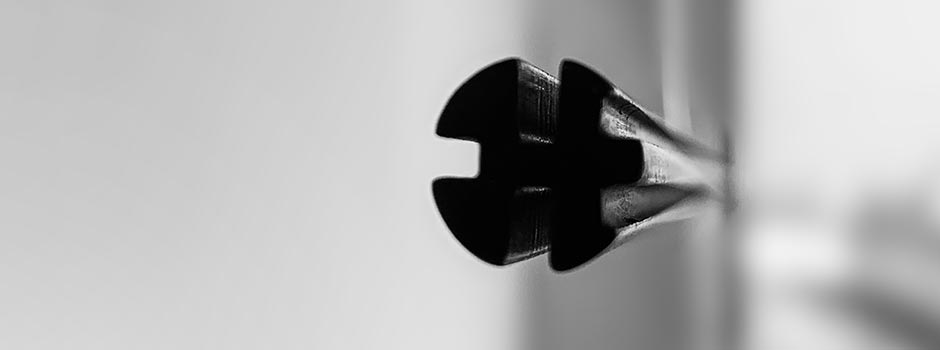
SHUBBAK FESTIVAL, LONDON (28 JUNE – 14 JULY 2019) Shubbak - A Window on Contemporary Arab Culture
Apr 04, 2019 EVENT, Art Festival

In times when political alliances are shifting, definitions of gender are broadened, divisions between generations are interrogated, and hierarchies of power are exposed, the voices of these artists take audiences to new and unexpected realms of possibilities, a realm where empathy and freedom dares to live.
For 2019 Shubbak has commissioned a number of mobile installations for different locations across London.
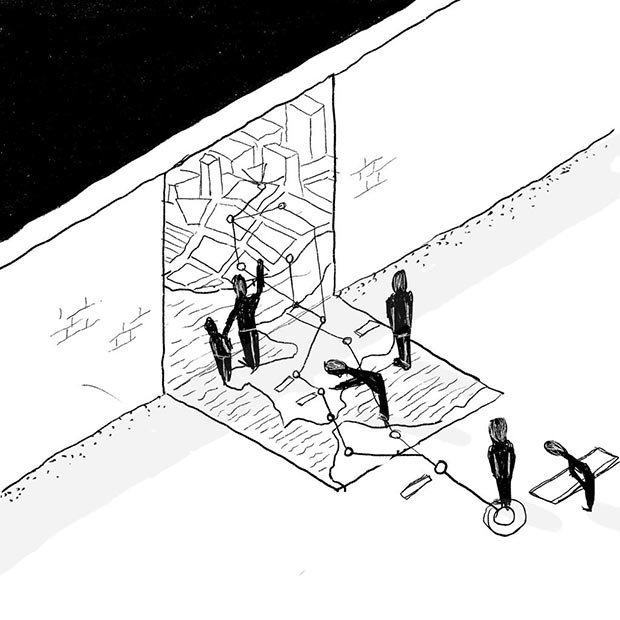 Aicha El Beloui / Courtesy of Shubbak
Aicha El Beloui / Courtesy of Shubbak
Gathering personal narratives through interviews, researching the sound archives in the British Library and walking through West London’s streets, the artist discovered the agreements between Morocco, Spain and France as the catalysts to Moroccan presence in the city. Drawing from this material she will create one of her distinctive maps. Seemingly simply rendered in black and white, they are filled with richly textured incident and associative connections. Charting routes between Morocco and London, and recognising original dreams and aspirations as well as today’s experiences of second and third generation young people, the artist invites the viewer to reflect on themes of citizenship and belonging. Aicha El Beloui’s map will be available in paper formats, digitally and as an installation, travelling to different sites across the city.
Aicha El Beloui is a Casablanca-based illustrator, graphic designer, and creative director. Trained as an architect, she worked originally for UNESCO in heritage preservation. She regularly works with communities to discover a neighbourhood and filters her observations into maps and illustrations.
Produced by Cedar Lewisohn. Presented with additional support from Drosos Foundation and Nour Creative Learning Programme in collaboration with Al Hasaniya and FerArts.
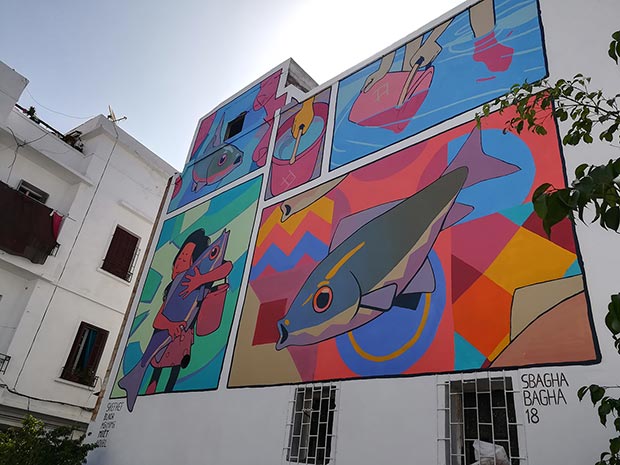 Mehdi Annassi / Courtesy of Shubbak
Mehdi Annassi / Courtesy of Shubbak
Casablanca-based street artist Mehdi Annassi explores the neighbourhoods of North Kensington to create a new mural in a public location. Nicknamed Petit Larache, the Golborne Road has long been at the centre of Moroccan identity in London. Together with residents and community groups, the artist will delve into its history and scenes of everyday life. He will develop a short graphic story, which will be painted directly on one of the walls in this iconic neighbourhood.
Mehdi Annassi aka Machima works on large-scale murals, comics, zines, animation, illustrations and street art (Street Art Caravane, Jidar Festival, Sbagha Bagha Festival). He is known for his contribution and involvement to Morocco’s thriving comic art scene and is a founding member of Skefkef, the first Moroccan independent comics magazine. He is currently working on his first graphic novel.
Presented with additional support from Paul Hamlyn Foundation, Drosos Foundation and Nour Creative Learning Programme in collaboration with FerArts.
‘Becoming’ is a new site-specific installation in Shepherd’s Bush Market. Tunisian artist Hela Ammar spent time with women in London who have recently arrived, and carefully balancing the normality of London living with a period of personally unsettled existence. Large-scale portrait photographs are pasted on different surfaces in the market. Voices and stories, sourced through interviews, are audible and blend with the different sounds of the market. Visitors are invited to pause and contemplate on questions of displacement, migration, integration, coexistence, belonging and becoming in the midst of a bustling market environment, where many nationalities and cultures meet.
Hela Ammar is a Tunisian visual artist and lawyer. Memory, identity and marginal communities are recurrent themes in her work. She has exhibited in major international biennales, including regular installations at Dream City in Tunis. Her works are in the collections of the British Museum and the Institut du Monde Arabe.
Presented with additional support from Qatar Foundation International, British Council, and Paul Hamlyn Foundation, in collaboration with Single Homeless Project and Scheherazade Initiative.
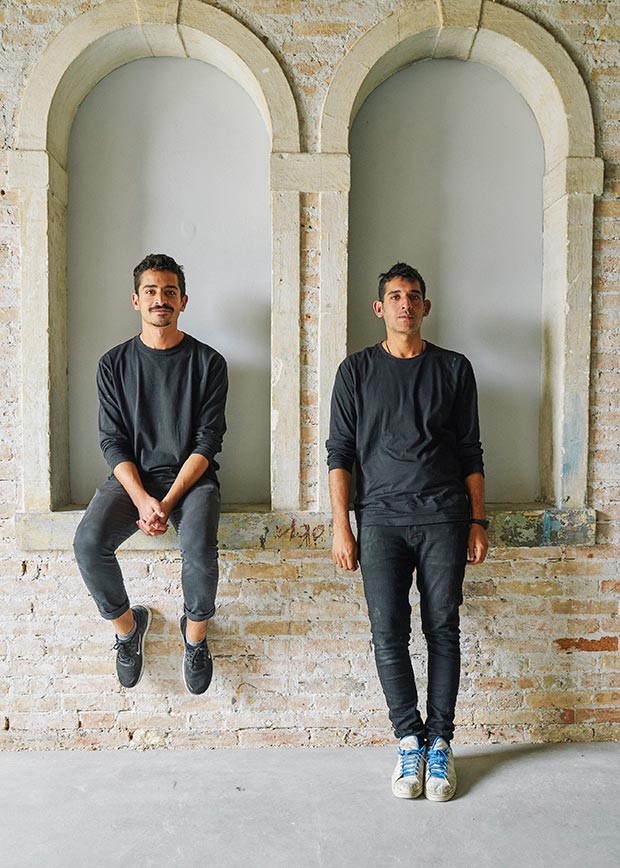 Bricklab / Courtesy of Shubbak
Bricklab / Courtesy of Shubbak
Bricklab, the designers of the first Saudi pavilion at Venice Architecture Biennale create a new pop-up sculpture especially for Shubbak. 22 brightly coloured units equalling in number the 22 states of the Arab League are arranged in different constellations to offer new viewpoints of geographies, nations and the power to imagine other realities. No unit can stand on its own, but has to be grafted onto others. Some constellations seem hierarchical, others more egalitarian. Geographical Child’s Play conjures up poignant and surprising alignments and dependencies. Stretching nearly 10m as a line or barely 3m as a circle, Geographical Child’s Play is Bricklab’s most public and engaging sculpture so far. The bright colours and low level hint at nursery furniture or playground equipment. It is an invitation to imagine geopolitics through the lens of play and a deliberately naïve hope.
Established in Jeddah in 2015 Bricklab (Abdulrahman & Turki Gazzaz) quickly established itself as one of the most dynamic current design practices in Saudi Arabia. Their work has been shown at 21,39 Saudi Art Week, Alserkal Avenue in Dubai and Venice Architecture Biennale. In 2018 they took part in the British Council and V&A International Designers Workshop.
Produced by Will Sandy. The commission of Bricklab has been generously supported by the British Council and individual donors Sara Ali Reza and Faisal Tamer.
Hicham Berrada’s kaleidoscopic sculptures, installations, video and performance works offer a heady combination of art and science. To create his often spectacular artworks, Berrada makes use of chemical processes and natural phenomena, such as heat, cold, magnetism and light. For his solo exhibition in Hayward Gallery’s HENI Project space, his first in a UK institution, Berrada brings together new and existing works, including a series of illuminated tanks that feature delicate and ephemeral chemical landscapes, and a large-scale immersive video installation that explores morphogenesis, the biological process that causes an organism to change shape.
-Mounir-Gouri.jpg) 'Belonging, Sideways' by Mounir Gouri / Courtesy of Shubbak
'Belonging, Sideways' by Mounir Gouri / Courtesy of Shubbak
-Fethi-Sahraoui.jpg) 'Belonging, Sideways' by Fethi Sahraoui / Courtesy of Shubbak
'Belonging, Sideways' by Fethi Sahraoui / Courtesy of Shubbak
-Fethi-Sahraoui_.jpg) 'Belonging, Sideways' by Fethi Sahraoui / Courtesy of Shubbak
'Belonging, Sideways' by Fethi Sahraoui / Courtesy of Shubbak
Five Algerian contemporary artists explore identity and location. Looking at cultural diversity, migration and the challenges of coexistence, Belonging, Sideways features work from different corners of Algeria and dealing with complex histories, geographies and biographies. Mounir Gouri’s stitched plates refer to the trade of illegal migrants in his coastal hometown in the North East of the country. Artist illustrator Sarah Ouadah re-interprets the classic poem of the tragic Bedouin love story Hyzia as a digital fantasy for a new generation of readers. Rima Djahnine’s cartography-inspired installation weaves fragments of maps, film, GPS data and documents into personal narratives of homecoming and memories. With his iPhone, the photographer Fethi Sahraoui captures a series of cars as scenes of ordinary life in the Saharawi camps located on the southwestern province of Algeria. Abdo Shanan displays material from his award-winning book Diary: Exile, which reflects on his experiences as an artist of Algerian and Sudanese origin, who lived for many years in Libya.
Curated by Toufik Douib and presented with additional support from the British Council.
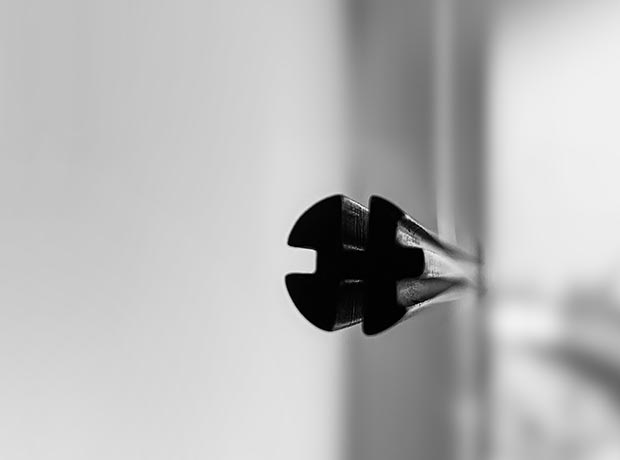 'Amma baad' by Nasser Al Salem / Courtesy of Shubbak
'Amma baad' by Nasser Al Salem / Courtesy of Shubbak
In his first solo presentation in the UK, Nasser Al Salem presents a project exploring the relationship between language, time and space through a series of sculptural and multimedia workings of the phrase ‘there after’ in its Arabic script. ‘Amma baad’ is an expression used in official correspondence which follows sentences of salutations and greetings and precedes the act of formulating the story to come. ‘Amma’ acts as a substitute to the act and asserts what is to follow, while ‘baad’ is a dimension in time and space.
Nasser Al Salem is formally trained in calligraphy and architecture, both disciplines that have had a strong impact in the development of his practice. He engages with new perspectives towards the written word and calligraphy. He lives and work in Jeddah, Saudi Arabia. During summer 2018 Al Salem was an artist-in-residence at Delfina Foundation. 'Amma baad' is curated by Maya El Khalil.
Shubbak invites photographer Hassan Al-Mousaoy to work with recently arrived young people in West London, charting their daily lives in sequences of personal photographs. Participants will select, edit and install their work in the intimate setting of the Bush Theatre Attic. The images follow the rhythm of their day. Based in London for 11 years, Hassan Al-Mousaoy’s unique project My Life in Pictures brought together images taken by young Iraqis from his first visit back to Iraq with images by young migrants in London.
Presented with additional support from Paul Hamlyn Foundation, in collaboration with the British Red Cross, Young Roots, and Barnet Refugee Service.
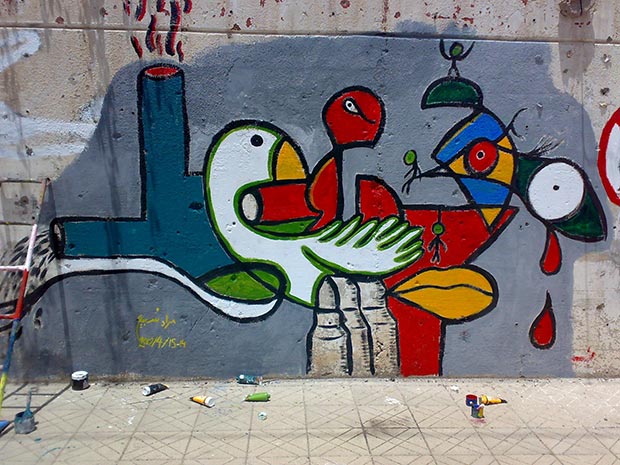 Symposium 'Making Art Today' / Courtesy of Shubbak
Symposium 'Making Art Today' / Courtesy of Shubbak
Since 2011, Syria and Yemen have witnessed unprecedented destruction and degradation of art and cultural infrastructure, in addition to humanitarian crisis, as a result of the ongoing conflicts in both these countries. In this symposium, artists, curators and scholars investigate the current status and future of art and culture from the point of view of artists working inside these countries as well as those who are presently living outside Syria and Yemen. What are the challenges? How is war affecting artistic expression? What means are there for artists to communicate their practice? How does artistic mobility reflect on art and how do artists cope with migration and exile, forced or voluntary? How can artists engage individually and collectively, through art and other means of expression with a possible future post-conflict era?
The symposium will be divided into three sessions, one each on Yemen and Syria, introduced by overviews of the art scenes prior to the present conflicts. The third session, in the afternoon, will show a series of recent films by Syrian and Yemeni filmmakers. For full details of speakers and films, visit shubbak.co.uk from 1 May. Produced by British Museum. Syria panel is supported by the Atassi Foundation.
“It is a cloth, which is becoming a flag, which is becoming art, then an identity, a policy, a film, a choreography and finally a historyâ€
 Youness Atbane / Courtesy of Shubbak
Youness Atbane / Courtesy of Shubbak
We are in 2045, a time when current conflicts have ended. Artists’ archives become a source of knowledge for a new generation. Youness Atbane’s performance features in a future documentary film by a young film maker about the history of Moroccan art and the role of the artist in the early 21st century. The fictional film includes footage of the very performance we are watching. With lucid clarity and deadpan humour, The Second Copy takes a look at the dynamics of contemporary art, the role of institutions and the telling of history. Atbane makes us rethink the connections between objects, documentary and fiction in a museum context.
Youness Atbane is an artist dividing his time between Casablanca and Berlin and working between visual arts and performance. His work has been shown in major biennales and festivals. He won the prestigious ZKB Acknowledgment Prize 2018 at Theater Spektakel, Zurich.
Produced by British Museum. Syria panel supported by the Atassi Foundation.
Comments
Add a comment